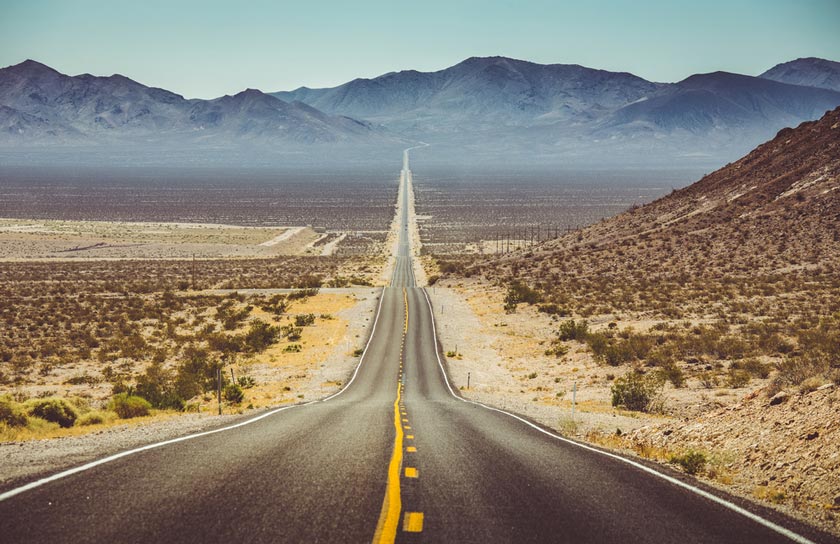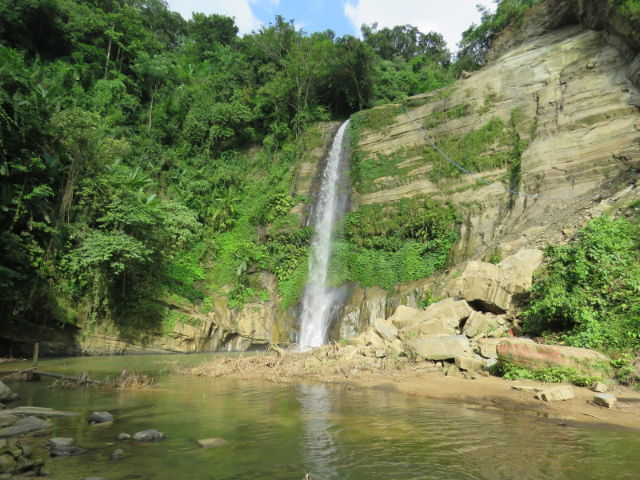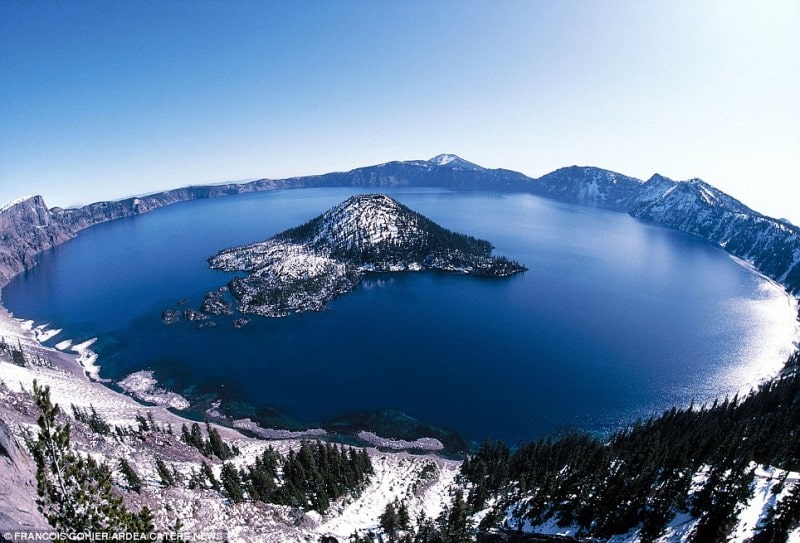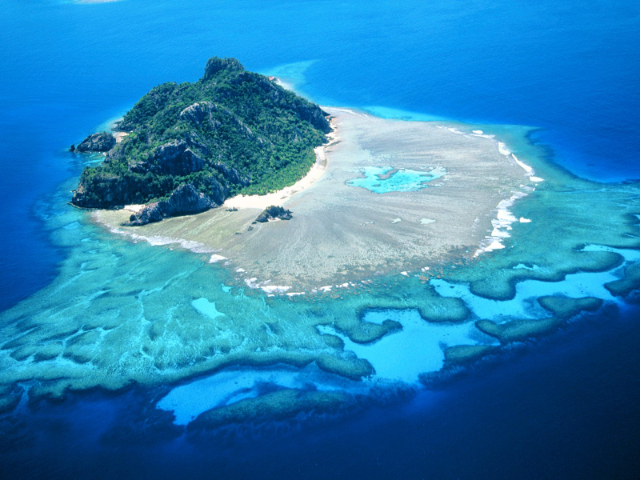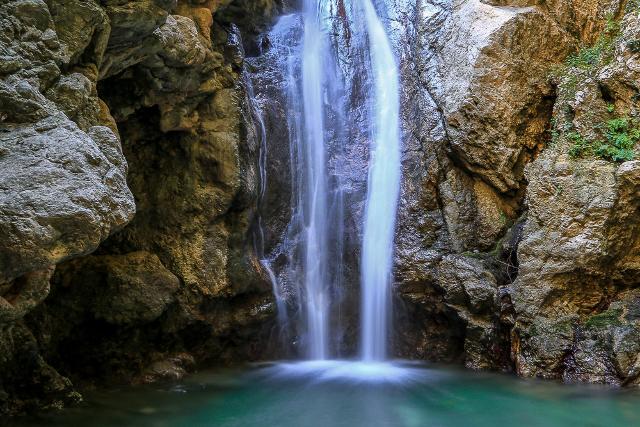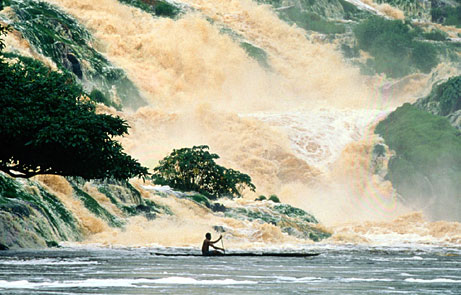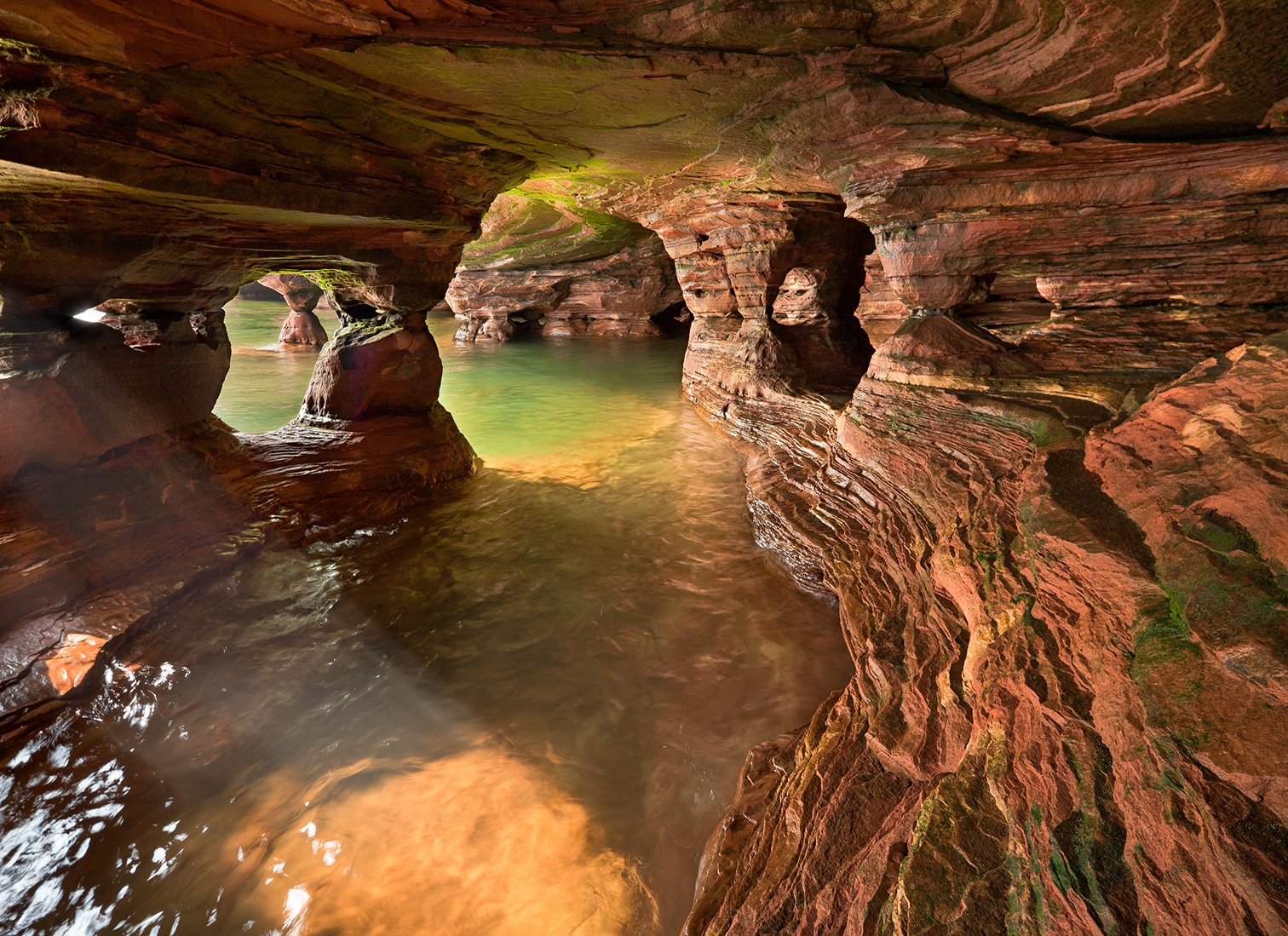Death Valley is a desert area in the United States of America that gives its name to the national park of the same name located in the state of California and a small part in Nevada, Death Valley National Park. Approximately in the middle of the valley is the lowest point in North America.
This ominous name was given to the valley by a group of pioneers who were trapped here in the winter of 1849-50. Although, according to chronicles, only one of them ultimately failed to survive, the expedition members were certain that they would meet their deaths here.
When two other pioneers in the group arrived to rescue them, one of the missing men, turning back from the heights of the Panamint Mountains, said, "Goodbye, Valley of Death." Hence, the nickname Death Valley.
Between canyons, sand dunes, endemic wildlife, including mountain lions and desert sheep, and a starry sky, this area of the Mojave Desert gives road trippers a trip to another planet.
Death Valley, which by the way reaches -86 above sea level in Badwater, is enclosed between two high mountain peaks: the Amargosa Range to the east and the Panamint Range to the west, where the highest point of the park – Telescope Peak – is located and is often snow-capped in winter.
Although the name makes it sound like the National Park is lifeless, in truth it is more alive and well than you might imagine.
Perhaps the term "death" is more for the people who have to endure the heat, which becomes unbearable in summer, than for its wildlife.
There are more than 1,000 species of plants in the park, from cacti and creosote in the lower reaches to junipers and pines at the top.
Death Valley is actually very hot, temperatures in summer can reach 54 degrees recording the highest temperatures in the world, vast and remote.
